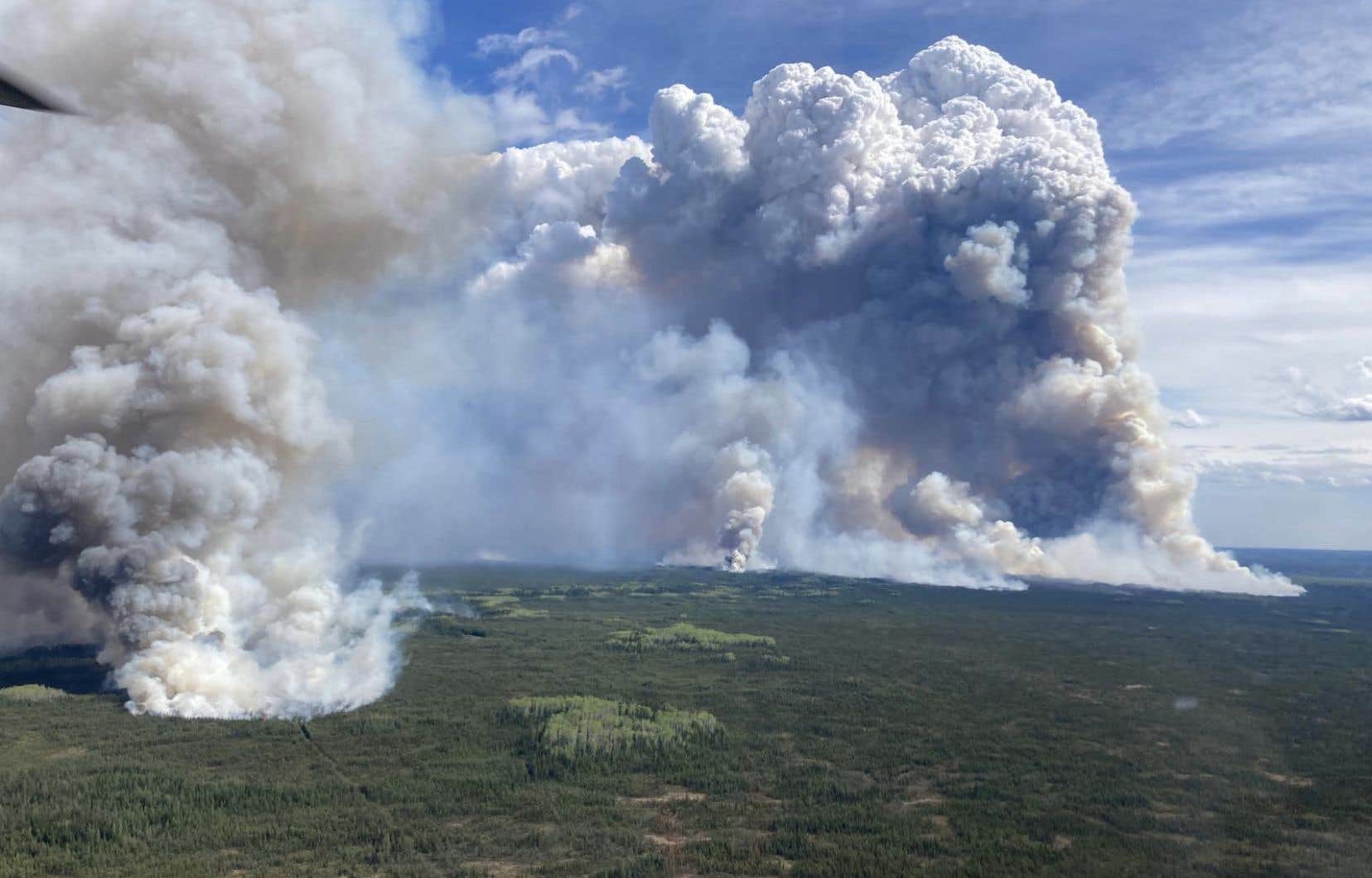B.C.’s emergency management minister says the province is working proactively to recruit additional firefighters to deal with what she calls the “potential for a significantly accelerated wildfire situation.”
British Columbia is seeking assistance from six out-of-province firefighting teams, representing 180 firefighters specialized in fighting wildfires, says Bowinn Ma. The province is also using external fire management teams.
About 500 of B.C.’s 2,000 firefighters are currently deployed, but the province is seeking outside help as soon as possible to avoid delays in firefighting capacity, the minister said, as the situation worsens due to a heat wave and persistent dry conditions.
Wildfire activity has flared up in recent days, with about 150 active wildfires burning in British Columbia, up from fewer than 100 at the start of the week.
The British Columbia Wildfire Service says forest fuels are more susceptible to fire after seven straight days of extreme heat, with new fires prompting two new evacuation orders in recent days.
The latest order covers part of the Wells district, about 80 kilometres east of Quesnel in central Alberta, where the BC Wildfire Service map shows a cluster of more than two dozen new fires burning in the area.
The district issued the order at 10 p.m. Wednesday night, saying the 170-acre Cornish Mountain wildfire poses a threat to life and safety and that residents should leave immediately. The order covers the Eight- and Nine-Mile Lake areas, Cornish Lake and the mine sites, while an evacuation alert is in effect for the rest of the district.
In northeastern British Columbia, Fort Nelson First Nation issued an evacuation order for its Kahntah reserve on Tuesday, telling residents they must leave by boat because of the threat of an out-of-control fire discovered the day before.
Two wildfires are considered major fires, meaning they are either highly visible or pose a threat to safety or infrastructure.
The BC Wildfire Service says smoke from the two-square-kilometre Little Oliver Creek fire will be visible from Highway 16 and as far away as Terrace, B.C.
Meanwhile, the 3.5-square-kilometre Hook Creek Fire has burned out of control to the north, near a stretch of the Alaska Highway along the Yukon border.
As temperatures have cooled to more seasonal levels along the British Columbia coast, Environment Canada is maintaining heat warnings for much of the southern Interior and southeast of the province.
A severe thunderstorm watch is in effect for the Fort Nelson area, which has been the epicenter of drought and fires so far this year.
